|
Cilgerran, Pembrokeshire
Small toewn on the River Teifi
(Photos © urban75, June 2009)
Lying in the Hundred of Cilgerran in Pembrokeshire, Cilgerran is famed for its picturesque castle, which dates back to 1100 and has been captured in oils by many artists including Turner.
The town itself is first recorded in 1204 as an the administrative centre for a lordship, and despite its small size, was one of the main market centres in Pembrokeshire in the seventeenth century.
Once famed for the quality of the slate mined nearby and exported through the nearby port of Cardigan, the industry collapsed when the river became unnavigable - a wound self inflicted by miners who clogged up the river with their waste stone. Doh!
Hosting a population of under a thousand souls with over two thirds being Welsh speakers, the town is also noted for its annual coracle races, which date from 1950 and attract competitors from all over the world.
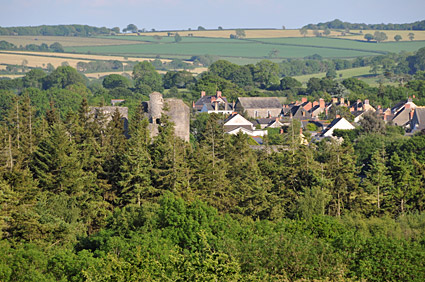
A distant view of the small town of Cilgerran, with its famed castle to the left.
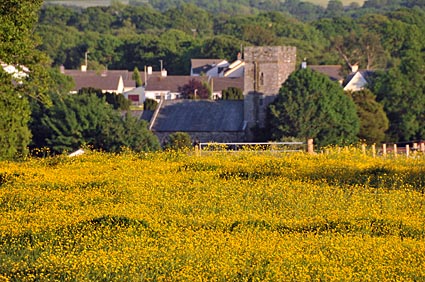
Walking from the Fforest camp site into town.
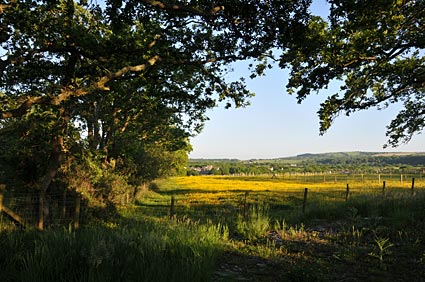
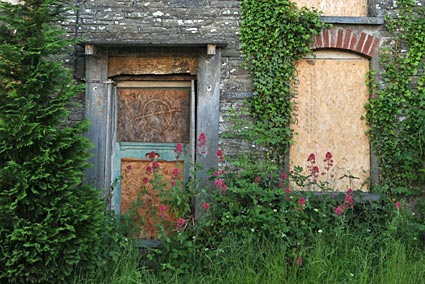
Disused house.

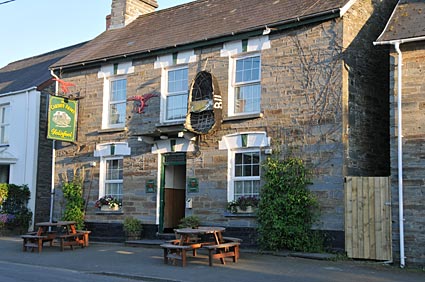
The Cardiff Arms, Cilgerran, one the town's Grade II listed buildings and purveyors of the delicious Felinfoel ales. Note the coracle on the wall.
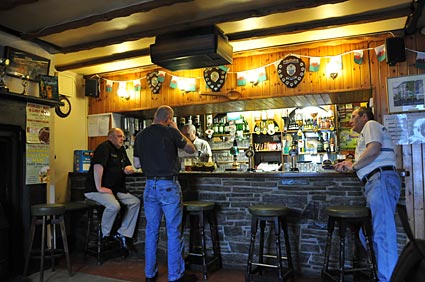
Inside the pub. We had a lovely plate of cheese and chips and a few beers.
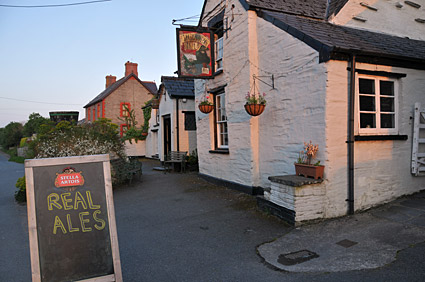
One of the oldest buildings in the village, and still stuffed full of Olde Worlde charm, The Pendre Inn was once a coaching inn and dates back to 14th Century.
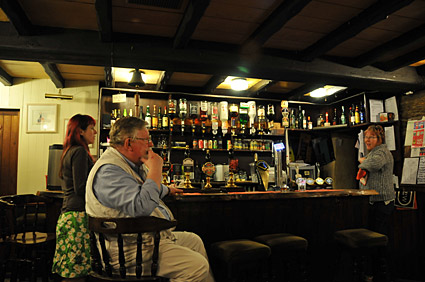
With a friendly atmosphere and a lovely landlady, the Pendre quickly became our favourite pub!
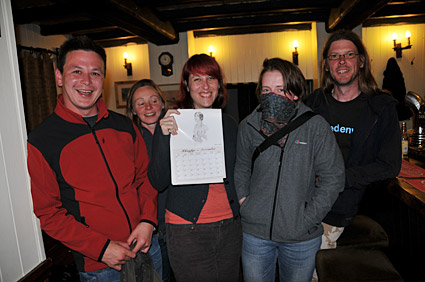
Landlady Helen features on the town's calendar striking a saucy pose - but you'll have to buy it if you want to see more!

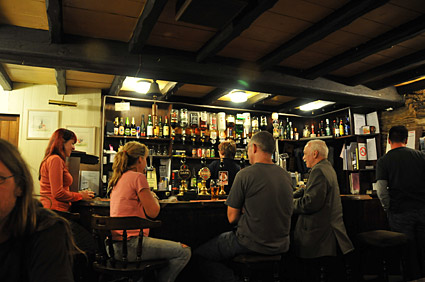
Inside the bar with with its slate floors and beamed ceilings. The pub stocks a wide variety of real ales and also puts on live gigs occasionally (we'd love to put on an Offline night there!). Check out their  MySpace site. MySpace site.
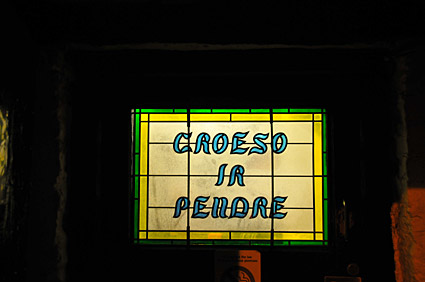
Welcome to the Pendre.
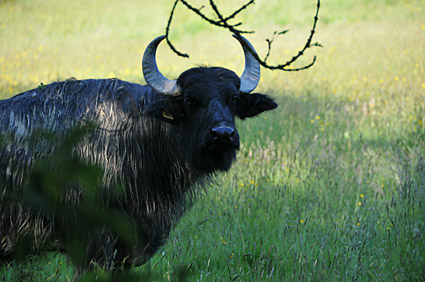
Water buffalo can be spotted just outside Cilgerran.
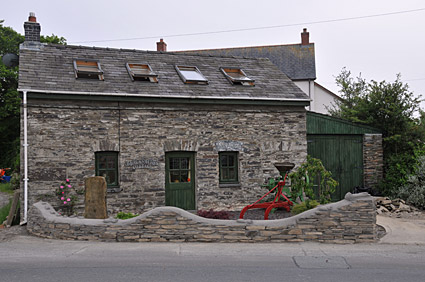
The old blacksmiths' cottage.
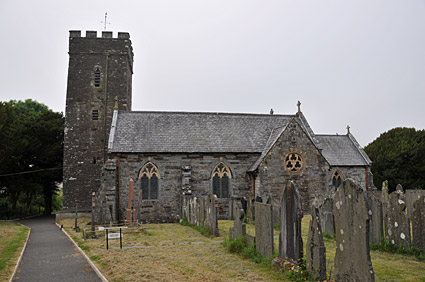
St. Llawddog church.

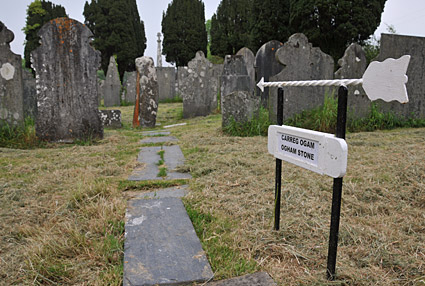
Lurking inside the churchyard of St. Llawddog is a megalithic standing stone (or Ogham stone) which you can just make out some Ogham inscriptions.
The churchyard also contains the grave of William Edmond Logan of Mount Logan, Canada fame. The first Director of Geological Survey in Canada, Logan also mapped the coal mines of South Wales.

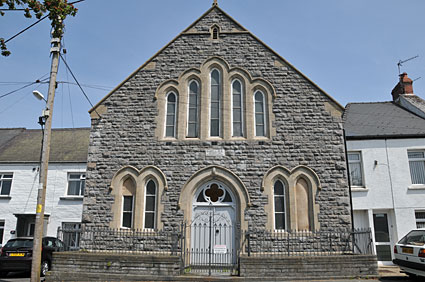
Y Babell, Cilgerran. This traditional Welsh chapel bears a small inscription saying, 'BABELL. M.C. ADEILADWYD. 1795. AILADEILADWYD. 1822 A 1891.'
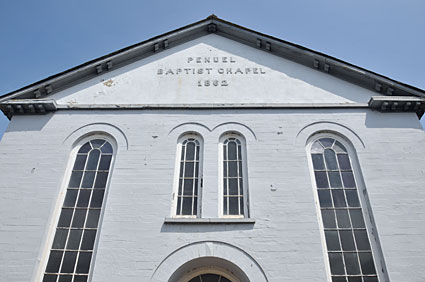
Penuel Baptist chapel, built 1862.

« Wales photos home Cilgerran Castle »
|
|

